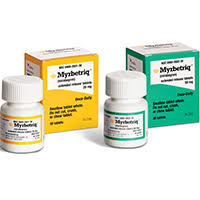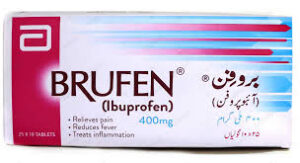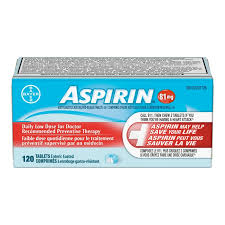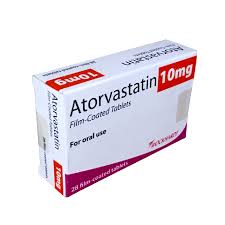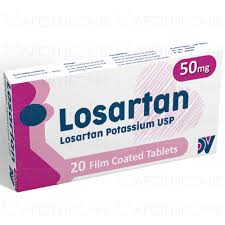Mirapex

Mirapex, the distinguished brand name for pramipexole, is a prescription medication renowned for its efficacy in treating neurological disorders. As a dopamine agonist, it artfully emulates the effects of dopamine within the brain, making it a favored choice for managing the symptoms of Parkinson’s disease and Restless Legs Syndrome (RLS).
The Mechanism of Mirapex
Dopamine serves as a vital neurotransmitter in the brain, integral to the regulation of movement and various other functions. In conditions such as Parkinson’s disease and RLS, the levels of dopamine may be inadequate or poorly regulated. Mirapex exerts its influence by binding to dopamine receptors, thereby stimulating them to generate effects akin to those of natural dopamine. This action significantly alleviates the symptoms associated with these disorders.
Indications for Mirapex
Parkinson’s Disease
Mirapex is prescribed to mitigate the motor symptoms of Parkinson’s disease, including tremors, rigidity, bradykinesia, and balance disturbances. It is frequently utilized as a standalone treatment in the initial stages of the disease or in conjunction with other medications, such as levodopa, during more advanced stages.
Restless Legs Syndrome (RLS)
Additionally, Mirapex is sanctioned for the management of moderate to severe RLS, a condition marked by an overwhelming urge to move the legs, often accompanied by distressing sensations. This medication effectively diminishes the frequency and intensity of these sensations, thereby enhancing the quality of sleep for those affected.
Dosage and Administration
Mirapex is offered in both immediate-release and extended-release formulations, providing tailored treatment options to meet individual patient needs.
For Parkinson’s Disease:
The standard initial dosage is 0.125 mg taken three times daily, with the potential for gradual increases based on the patient’s response and tolerance. The upper limit of the recommended dosage is 1.5 mg three times daily.
Restless Legs Syndrome (RLS) is often initially treated with a dosage of 0.125 mg, administered once daily, ideally 2-3 hours prior to sleep. Adjustments to this dosage may be necessary based on the severity of symptoms and individual response. It is imperative to adhere to your healthcare provider’s recommendations regarding dosage and administration to mitigate the risk of adverse effects.
Common Adverse Reactions
While Mirapex proves beneficial for numerous patients, it may also lead to certain side effects. Frequently reported issues include:
– Nausea
– Dizziness
– Drowsiness
– Headache
– Constipation
– Dry mouth
These effects are generally mild and tend to diminish as the body acclimates to the treatment.
Serious Adverse Reactions
In rare instances, Mirapex may induce more serious side effects. Immediate medical attention is warranted if any of the following occur:
– Sudden sleep attacks: Unanticipated episodes of falling asleep, even during activities such as driving.
– Hallucinations or confusion: Particularly concerning in older adults or those with advanced Parkinson’s disease.
– Impulsive behaviors: Such as compulsive gambling, binge eating, or hypersexuality, associated with dopamine dysregulation.
– Low blood pressure: This may result in fainting or lightheadedness, particularly upon standing.
– Allergic reactions: Manifesting as rash, itching, or difficulty breathing.
Precautions and Warnings
Pre-Existing Conditions:
Individuals with renal issues, cardiovascular diseases, or mental health disorders should exercise caution when using Mirapex.
Pregnancy and Breastfeeding:
The safety profile of Mirapex during pregnancy or lactation remains uncertain. It is advisable to consult your physician if you are pregnant, planning to conceive, or nursing.
Alcohol and Sedatives:
The concurrent use of Mirapex with alcohol or other sedative medications may heighten the risk of drowsiness and sleep attacks.
Driving and Operating Machinery:
Patients are advised to refrain from activities necessitating full alertness, particularly during the initial phases of treatment.
Drug Interactions
Mirapex may interact with various medications, potentially affecting its efficacy or exacerbating side effects. Some notable interactions include:
Antipsychotics: These may diminish the effectiveness of Mirapex.
Sedatives and Alcohol: Can heighten feelings of drowsiness.
Blood Pressure Medications: May elevate the risk of hypotension.
It is imperative to disclose all medications, supplements, and herbal products to your healthcare provider to prevent any potential interactions.
Advantages of Mirapex
Enhanced Motor Control:
Effectively alleviates motor symptoms associated with Parkinson’s disease, facilitating improved mobility and an enriched quality of life.
Relief for RLS Symptoms:Offers comfort from distressing leg sensations and enhances sleep quality.
Versatile Dosing Options:
Available in both immediate and extended-release formulations to accommodate various treatment requirements.

Storage and Management
Maintain Mirapex at a controlled room temperature (20C to 25C or 68F to 77F).
Store the medication in its original packaging, shielded from moisture and heat.
Ensure it is kept out of reach of children and pets.
Final Thoughts
Mirapex (pramipexole) stands as a significant therapeutic option for managing Parkinson’s disease and Restless Legs Syndrome. By engaging dopamine receptors, it mitigates symptoms and enhances the overall well-being of patients. While it presents considerable advantages, it is crucial to utilize this medication under the guidance of a healthcare professional to guarantee safety and efficacy.
Should you or someone you know be contemplating Mirapex, it is advisable to consult with a medical expert to ascertain if it is the appropriate treatment for your condition.

